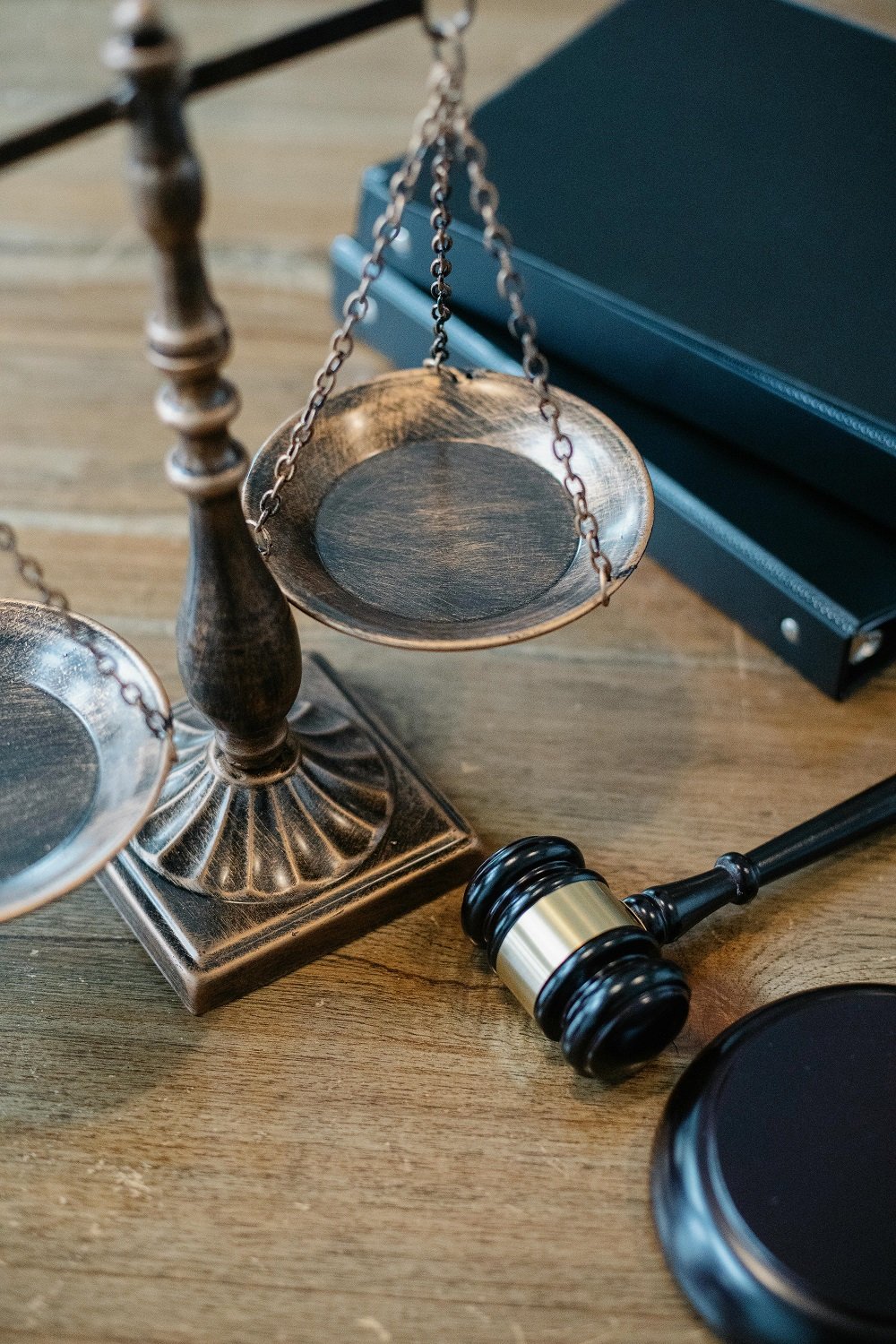
Law Enforcement
Artificial Intelligence (AI) is rapidly transforming the way law enforcement agencies operate across the globe. From predictive policing and facial recognition to automated license plate readers and algorithmic crime analysis, AI tools are increasingly being deployed to assist in preventing, detecting, and solving crimes.
While these technologies offer significant potential to enhance efficiency and public safety, they also raise serious legal, ethical, and constitutional questions. As AI becomes more embedded in police practices, it is critical to examine the legal challenges surrounding its use, particularly in the context of privacy rights, due process, bias, transparency, accountability, and oversight.
Fourth Amendment and the Right to Privacy
One of the most pressing legal concerns surrounding the use of AI in law enforcement involves the Fourth Amendment, which protects against unreasonable searches and seizures. AI tools like facial recognition, predictive surveillance, and data aggregation algorithms often operate in ways that challenge traditional expectations of privacy.
For example:
Facial recognition cameras can scan and identify individuals in public spaces without their knowledge or consent.
Predictive policing systems may collect and analyze massive datasets from cell phones, social media, and online behavior, sometimes without a warrant.
The key legal issue is whether the use of these tools constitutes a search under the Fourth Amendment, and if so, whether it requires a warrant based on probable cause. The courts have been slow to keep pace with these technologies, leaving gray areas in the law that are open to interpretation.
In Carpenter v. United States (2018), the Supreme Court ruled that accessing historical cell-site location information (CSLI) without a warrant violated the Fourth Amendment. This decision may influence future cases involving AI surveillance, but comprehensive legal standards for AI-based monitoring are still lacking.
Due Process and Algorithmic Decision-Making

AI is also used in criminal justice decision-making, such as determining bail eligibility, sentencing recommendations, or identifying suspects. These tools are often based on machine learning algorithms that analyze large datasets to make predictions or risk assessments.
However, this raises concerns under the Fifth and Fourteenth Amendments, which guarantee due process under the law. Individuals have the right to understand the evidence against them and to challenge its validity. When AI systems are used, especially proprietary or black-box algorithms, defendants may be unable to know:
How the algorithm reached its conclusion
What data was used
Whether the data or model contains errors or biases
This lack of transparency and explainability can compromise the fairness of legal proceedings and undermine trust in the justice system.
Bias and Discrimination Under the Equal Protection Clause
A significant legal challenge with AI in law enforcement is the potential for bias and discrimination, particularly against racial and ethnic minorities. AI systems often learn from historical data and if that data reflects systemic biases, the AI can perpetuate or even exacerbate discriminatory practices.
Examples include:
Predictive policing tools targeting neighborhoods with historically high arrest rates, often minority communities
Facial recognition systems misidentifying individuals of color at disproportionately higher rates than white individuals
Risk assessment algorithms scoring Black defendants as higher risk compared to white defendants with similar backgrounds
These outcomes may violate the Equal Protection Clause of the Fourteenth Amendment if they result in unjust or discriminatory treatment. Lawsuits have already been filed challenging biased AI systems in court, and more litigation is expected as AI use grows.
First Amendment Concerns and Chilling Effects
AI surveillance can also impact freedom of speech, association, and assembly, protected by the First Amendment. If individuals know that their movements, online communications, and public activities are being monitored by AI-powered tools, they may be less likely to:
Attend protests
Join controversial groups
Express dissenting opinions
This is known as the chilling effect, where government surveillance discourages lawful speech and association. The use of AI in monitoring activist groups or political demonstrations even under the guise of public safety can trigger serious constitutional concerns and legal pushback.
Lack of Regulatory Oversight and Legal Standards
Unlike traditional policing methods that are governed by long-standing legal rules and precedents, many AI tools are new, evolving, and largely unregulated. There is no federal law specifically governing the use of AI by law enforcement, and existing laws are often inadequate or outdated.
The absence of a clear legal framework leads to:
Inconsistent use of AI across jurisdictions
Limited public oversight or auditing
Opaque procurement and deployment of AI technologies
Difficulty in holding developers and law enforcement accountable for misuse or errors
Some local governments have taken initiative by banning or restricting facial recognition and other AI tools, but a national legal standard is urgently needed to ensure uniform protections for civil liberties.
Liability and Accountability
Determining who is legally responsible when AI makes an error is another complex issue. For instance:
If an AI tool misidentifies a suspect, leading to wrongful arrest or imprisonment, who is liable the police department, the software vendor, or the algorithm developer?
Can a person sue the government for harms caused by an algorithm, especially if the decision-making process is not fully understood or disclosed?
Currently, most AI systems used by law enforcement are developed by private companies. Many of these companies claim trade secret protections to avoid revealing how their algorithms work. This limits legal discovery and obstructs accountability in court.
Moreover, the concept of qualified immunity, which protects government officials from liability unless they violate clearly established law, may also be extended to shield law enforcement agencies from claims involving AI misuse, further complicating justice for victims.
Challenges to Evidence Admissibility
AI-generated evidence, such as facial matches or algorithmic crime predictions, raises questions about evidentiary standards in court. Defense attorneys may challenge such evidence based on:
Scientific validity of the algorithm
Reliability of the data used
Chain of custody and data integrity
Ability to cross-examine the AI system (or its creators)
Courts must determine whether AI-based evidence meets standards like Daubert or Frye tests, which assess the admissibility of scientific or technical evidence. Judges and lawyers often lack technical expertise, making these assessments especially difficult.
International Legal Challenges and Human Rights
Beyond the U.S., the use of AI in policing also presents challenges under international human rights law, particularly with respect to:
Right to privacy (Article 12 of the Universal Declaration of Human Rights)
Right to a fair trial (Article 14 of the International Covenant on Civil and Political Rights)
Freedom of expression and association
Global watchdog organizations have criticized the use of AI surveillance in authoritarian regimes, where it may be used to silence dissent, monitor minorities, or suppress freedoms. While democratic countries like the U.S. have more robust legal protections, they too face increasing pressure to establish AI ethics frameworks and legal safeguards.
Legislative and Judicial Responses
To address these challenges, various policy proposals and legal reforms have been introduced:
Algorithmic Accountability Act: A proposed federal bill that would require companies to assess the impact of AI tools, especially those used in high-risk areas like law enforcement.
Facial Recognition and Biometric Technology Moratorium Act: A federal proposal to halt the use of facial recognition by federal agencies.
Local bans and moratoria in cities like San Francisco, Portland, and Boston on police use of facial recognition technology.
Meanwhile, courts are beginning to scrutinize AI-related policing more carefully. Legal precedents are emerging, but they remain limited and jurisdiction-specific, necessitating more comprehensive judicial and legislative action.


